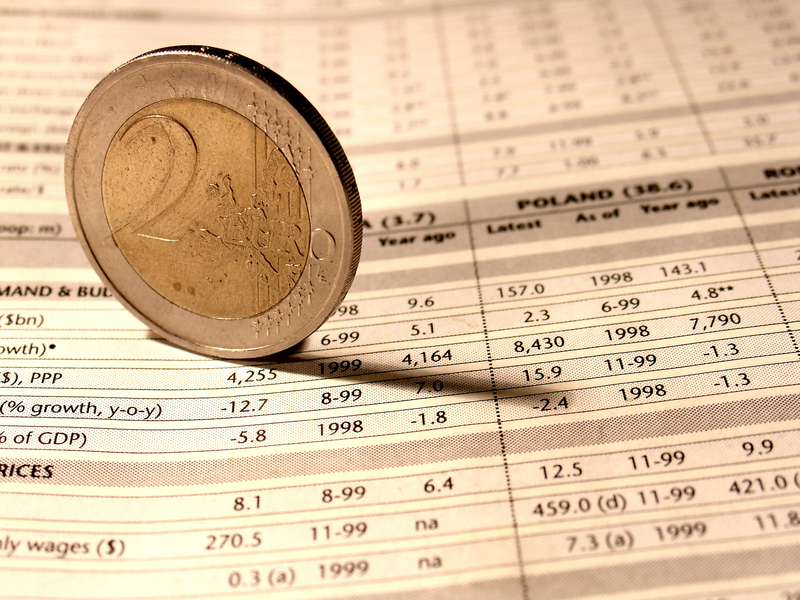Unpacking the Risks of DIY Piano Relocation and Safer Solutions
Pianos are magnificent, intricate instruments that bring joy and artistry to any home. However, when it comes to moving a piano, many homeowners underestimate the complexities involved. Whether you're relocating across the street or to a new city, the idea of DIY piano relocation might seem tempting as a cost-saving measure. Yet, the reality is filled with hidden dangers and potential damage to your prized possession. In this comprehensive article, we'll unpack the risks associated with trying to move a piano by yourself, examine the potential consequences, and highlight safer, smarter solutions that protect both your piano and your peace of mind.

Why Piano Relocation Is Uniquely Challenging
Pianos are not just heavy; they are also incredibly delicate. A typical upright piano can weigh between 300-500 pounds, while grand pianos might tip the scales at over 1,200 pounds. More than just the weight, pianos are constructed with thousands of moving parts--hammers, strings, action parts--that must remain in perfect alignment for the instrument to sound its best. The delicate balance of weight and fragility means that piano moving is a serious undertaking, not just a regular furniture shift.
The Anatomy of a Piano: What Makes It Hard to Move?
- Irregular Shape: Pianos, especially grand models, have awkward shapes, making them tricky to maneuver around doorways and staircases.
- Concentrated Weight: Often, much of a piano's weight is focused in specific areas, risking stress and breakage if not lifted correctly.
- Delicate Components: Exposed strings, soundboards, and pedals can be easily damaged by bumps or shocks during the move.
- Lacquered Finish: The beautiful outer finish of pianos is prone to dents, scratches, and chips.
The Hidden Dangers of DIY Piano Moving
Many owners think that with enough manpower, a dolly, and some patience, piano relocation can be a manageable DIY project. Unfortunately, countless avoidable accidents happen every year from this assumption. Let's explore the most significant DIY piano relocation risks and how they can turn a cost-saving decision into an expensive mistake.
1. Risk of Physical Injury
Attempting to move a piano without professional help comes with a substantial risk of personal injury. The size, weight, and awkwardness of the instrument can lead to:
- Muscle strains or back injuries from improperly lifting or carrying heavy components.
- Pinched fingers, bruised limbs, or foot injuries from dropping or shifting the piano unexpectedly.
- Slip-and-fall accidents, especially when stairs or uneven surfaces are involved.
2. High Probability of Instrument Damage
A piano's value lies in its craftsmanship and sound quality. Without new techniques or protective tools, moving a piano by yourself can result in:
- Scratches, dents, or gouges in the wood and finish.
- Broken legs, pedals, or casters from improper lifting and unbalanced loads.
- Internal misalignment or loosening of crucial moving parts.
- Soundboard cracks--one of the most costly repairs.
3. Ineffective Equipment Use and Dependence
Typical household equipment like basic carts, dollies, or ropes are often not adequate for the safe relocation of a piano. Professional-grade tools--such as piano skids, heavy-duty straps, and padding--are designed specifically for this job. Attempting a move without these can:
- Cause the piano to slip off equipment.
- Fail to properly protect the instrument from impacts and vibrations.
- Lead to damage of floors, walls, and other property fixtures.
4. Liability and Insurance Issues
Accidents can lead to substantial liability. When attempting a DIY piano move, your homeowner's insurance may not cover damages sustained to the instrument or injuries to non-household members who offered to help. In contrast, professional piano movers are insured and carry liability coverage.
5. Transportation Hazards
Once the piano is out of the house, proper transportation becomes critical. Pianos need to be loaded and secured correctly inside a moving truck or vehicle to prevent shifting or tipping. Common transportation issues faced during a DIY move include:
- Piano sliding and striking the interior walls of the vehicle.
- Insufficient securing with straps leading to movement during transit.
- Exposure to temperature and humidity extremes, jeopardizing sensitive inner mechanisms.
Cost Comparison: DIY vs. Professional Piano Moving
One of the primary motivations behind moving a piano yourself is the assumption of saving money. However, when you factor in potential risks and hidden costs, professional services often provide superior value.
DIY Piano Move: Costs to Consider
- Rental of moving equipment: dollies, straps, padding, and ramps.
- Cost of truck rental and fuel.
- Expense of purchasing insurance (if available as an add-on).
- Potential for repair bills due to damage.
- Possible medical costs from injuries.
Professional Piano Movers: What's Included?
- Experienced, trained staff with the know-how to handle all piano types.
- Specialized equipment specifically designed for safe piano relocation.
- Insurance coverage for both damage and personal liability.
- Efficient route planning and maneuvering through tight spaces, stairs, and elevators.
- Additional services such as post-move tuning and setup.
While the upfront quote from a professional piano moving company might seem higher, once you factor in all potential DIY expenses and risks, it's usually the more economical--certainly safer--choice.
How Professional Piano Relocation Works
Understanding the process of professional piano relocation can provide further reassurance about why hiring experts is the best investment for your instrument. Here's what you can expect:
Step 1: Pre-Move Assessment
Professional piano movers will assess the type, size, and condition of your piano. They'll measure doorways, staircases, and hallways to create a seamless relocation plan.
Step 2: Protection and Preparation
Movers use industrial-grade padding, protective blankets, and shrink wrap to completely cover and safeguard the delicate finish. All removable parts, such as music racks and legs, are carefully detached and packed.
Step 3: Professional Equipment Use
Specialty tools such as piano skids (sleds), ramps, and hydraulic lifts make it possible to move even the heaviest pianos safely. Straps and harnesses distribute weight evenly, reducing injury risk.
Step 4: Secured Transportation
The piano is lifted and loaded onto a well-equipped, climate-controlled truck. It's securely fastened to prevent any movement during transit, and conditions inside the van are monitored to protect sensitive internal components from temperature and humidity extremes.
Step 5: Setup and Post-Move Tune-Up
Upon arrival, the process is reversed with equal care--then, they assemble and position the piano precisely as desired. Movers typically recommend scheduling a professional piano tuning after relocation to restore perfect pitch, since changes in positioning and climate may affect the sound.
Practical Safer Solutions for Piano Relocation
If you're still weighing your options, consider these safer alternatives to do-it-yourself piano moving:
- Always hire reputable, insured piano moving specialists.
- Ask about their equipment, experience, and track record--don't be afraid to request references or proof of insurance.
- Coordinate in advance: Clear moving paths, measure doorways, and remove trip hazards.
- Consider climate control and storage services if your move involves holding or delay periods.
- Budget for post-move tuning and minor maintenance.
Investing in expert piano relocation services is truly the only way to guarantee the physical safety of everyone involved--and to protect the beauty and sound of your beloved instrument for years to come.

Frequently Asked Questions About Piano Moving
Can I move a small piano myself?
Even the smallest upright pianos can weigh 300 pounds or more. Their awkward shape, delicate craftsmanship, and high value make them risky to relocate without training and proper tools. Professional piano movers are always recommended for safety and preservation reasons.
What if I have to move a piano up or down stairs?
Stairs are the leading cause of piano relocation accidents and damage. Navigating steps requires specialized ramps, secure harnessing, and expert technique. Do-it-yourself piano moving on stairs is strongly discouraged.
Will my piano need to be tuned after moving?
Yes. The act of moving, combined with potential jostling and environmental changes, almost always disrupts tuning. Plan to have your piano professionally tuned after relocation.
How do I choose a reliable piano mover?
Look for a company that:
- Specializes in piano moving, not just general moving.
- Holds proper insurance and bonding.
- Has positive online reviews, testimonials, and industry experience.
- Offers detailed, written estimates.
Conclusion: Protect Your Piano--And Yourself--With a Safer Solution
Your piano is more than just furniture--it's a source of memories, creativity, and family pride. The risks of DIY piano relocation are too high to ignore, from serious injuries to costly damage and unexpected liabilities. Instead, trust your instrument to professional piano movers who have the tools, experience, and care your piano deserves. By choosing a safer piano moving solution, you'll save time, money, and heartache--ensuring your piano continues to make music for generations to come.



